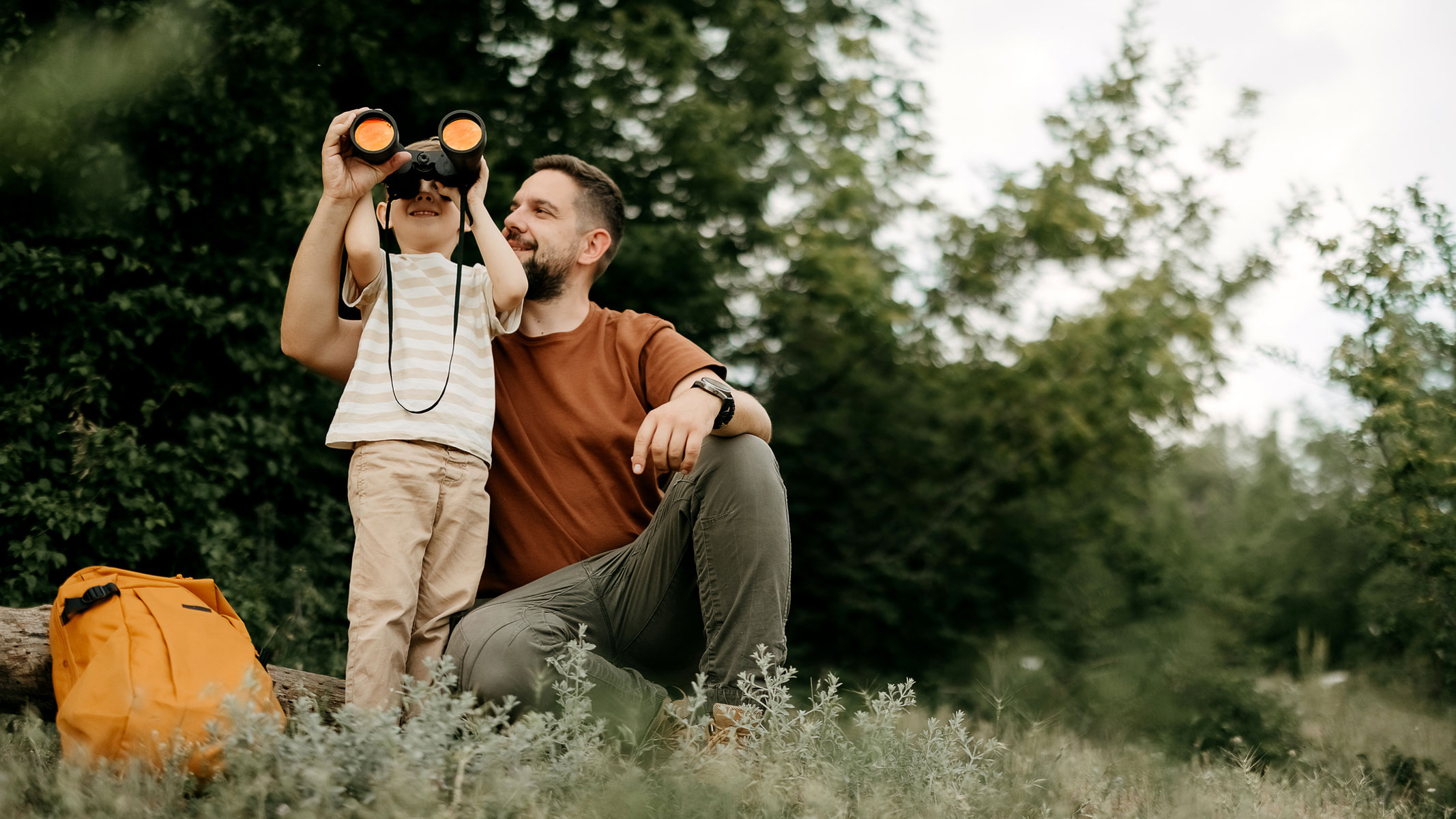How Loud is Your iPod?

A teenager equipped with an iPod and earbuds can have his own personal concert — as loud and as long as he likes. But his parents might wonder if the child is listening at levels that could damage his hearing. It's possible, according to a new study of college-aged students.
In the study of 31 college students, more than half of the participants listened to their portable music players at levels that could, over a prolonged period of time, lead to hearing loss, say researchers from the University of Southern Mississippi.
The study sample was small and the lab-like setting was not necessarily reflective of choices people would make in real life, so more research would be needed to confirm the findings. Even so, the results add to a growing body of research that indicates the potential hazards of these prolific devices.
Mom can't listen in
For years, scientists have known that volumes over 85 decibels (dB) — about the sound of a hair dryer — can cause significant hearing loss if people listen in for many hours over many years.
The United States Department of Labor's Occupational Safety & Health Administration (OSHA) has set standards for how long employees can listen to certain sounds, depending on intensity. For instance, people should only listen to 100 dB for two hours, and 115 dB for 15 minutes or less, according to OSHA.
(On the decibel scale, an increase of 10, say, from 100 to 110, means that a sound is 10 times more intense.)
Get the world’s most fascinating discoveries delivered straight to your inbox.
The study researchers say the problem is two-fold, as iPods not only can reach hazardous volumes of around 130 dBs, but their personal nature makes it almost impossible for authority figures to determine if someone is listening at levels that could damage hearing.
"It used to be in the past, for example, that someone's walking around with a boom box or radio, you can hear how much loudness they're generating, and if you're an authority figure like a parent or a teacher or a supervisor, you can tell them, that's too loud," said lead researcher Edward Goshorn, an audiologist.
Volume check
To figure out the sound levels music enthusiasts are exposed to, Goshorn and his graduate research assistant Kathryn Jade White studied college students who had owned personal music players for no more than three years. The students listened to "Summer of '69" by Bryan Adams at their preferred sound level as the researchers measured the intensity at exactly the same spot in the song.
For precise measurements, Goshorn's team used equipment that normally measures the output of hearing aids — a soft plastic tube that goes into the ear canal and is attached to a microphone. The device measures noise levels at the subject's eardrum and the data is analyzed by a computer.
The majority of the participants, 55 percent, listened at "very loud levels," or more than 85 dB. About 26 percent listened at levels between 70 dB and 85 dB, and 19 percent preferred volumes less than 70 dB.
"They tend to want to set them at levels that are pretty high," Goshorn said. And if they continue to listen at levels above 85 dB for many years, "it will gradually cause significant permanent hearing loss," he said.
Another concern: "While Walkmans back then operated on AA batteries that usually began to run down after several hours, teenagers today can listen to their iPods for up to 20 hours without recharging them," Cory Portnuff, an audiologist and doctoral candidate at the University of Colorado at Boulder, said earlier this year.
While none of the students in the study showed signs of significant hearing loss, Goshorn and colleagues believe that the participants may not have owned personal music players for long enough to experience damage. The team plans to do further studies to look at these effects over time.
"People who have had [music players] for longer in our future study, that have now had them for five or six years, could produce completely different data," said White.
White notes that people are starting to listen to iPods and such at younger ages. "My 6-year-old niece owns an iPod; when I was 6 I didn’t have the opportunity to listen to an iPod," she said. "So subjects that are younger than me will have a longer amount of years that they've been listening to these [devices], and could cause further damage."
Next steps
Goshorn would like to see more action taken to make listeners of portable music players more aware of the risks to their hearing. Manufacturers could test their devices and mark volume settings with the decibel level, Goshorn said.
"That allows the person themselves to monitor, and then someone else, a teacher or a parent, could look at the device and see the volume control setting, and say 'oh well its ok its only on four and so everything's probably ok,'" Goshorn said. "So that kind of thing might be a good first step."
Goshorn and colleagues will present their work at the 158th Meeting of the Acoustical Society of America on Oct. 27 in San Antonio, Texas.

Rachael is a Live Science contributor, and was a former channel editor and senior writer for Live Science between 2010 and 2022. She has a master's degree in journalism from New York University's Science, Health and Environmental Reporting Program. She also holds a B.S. in molecular biology and an M.S. in biology from the University of California, San Diego. Her work has appeared in Scienceline, The Washington Post and Scientific American.


